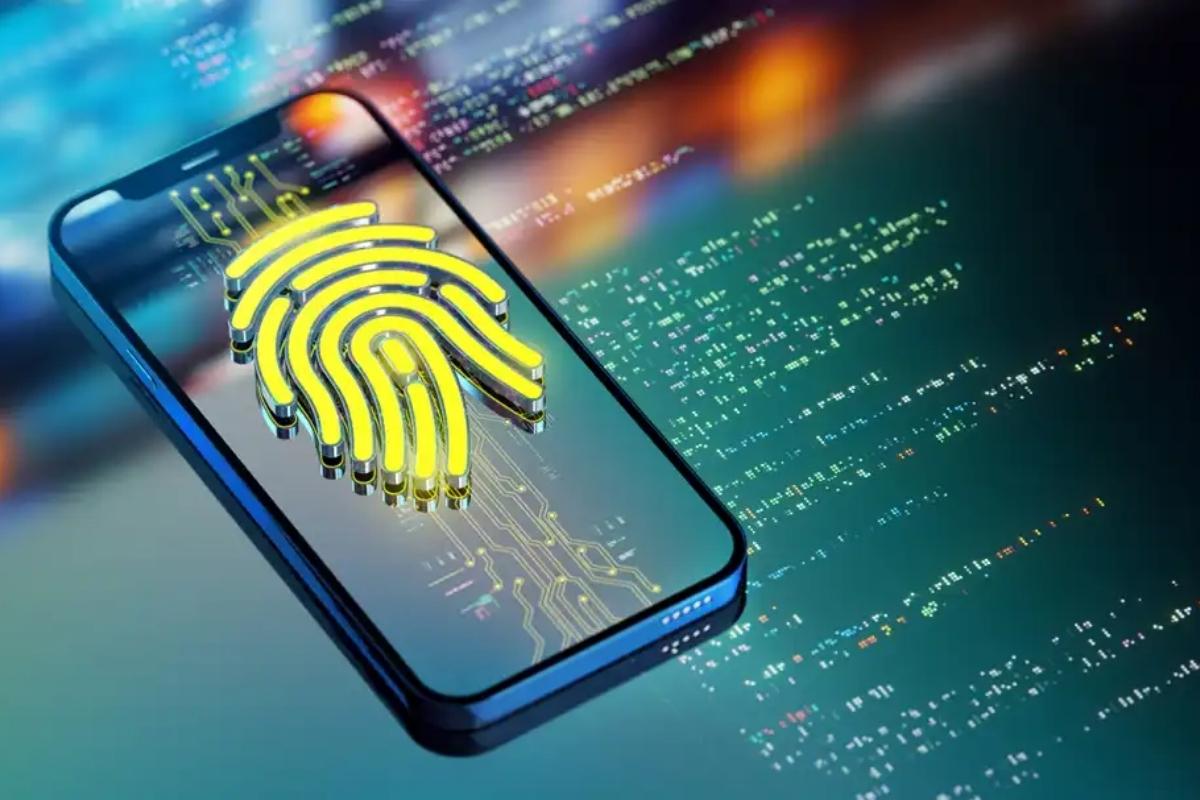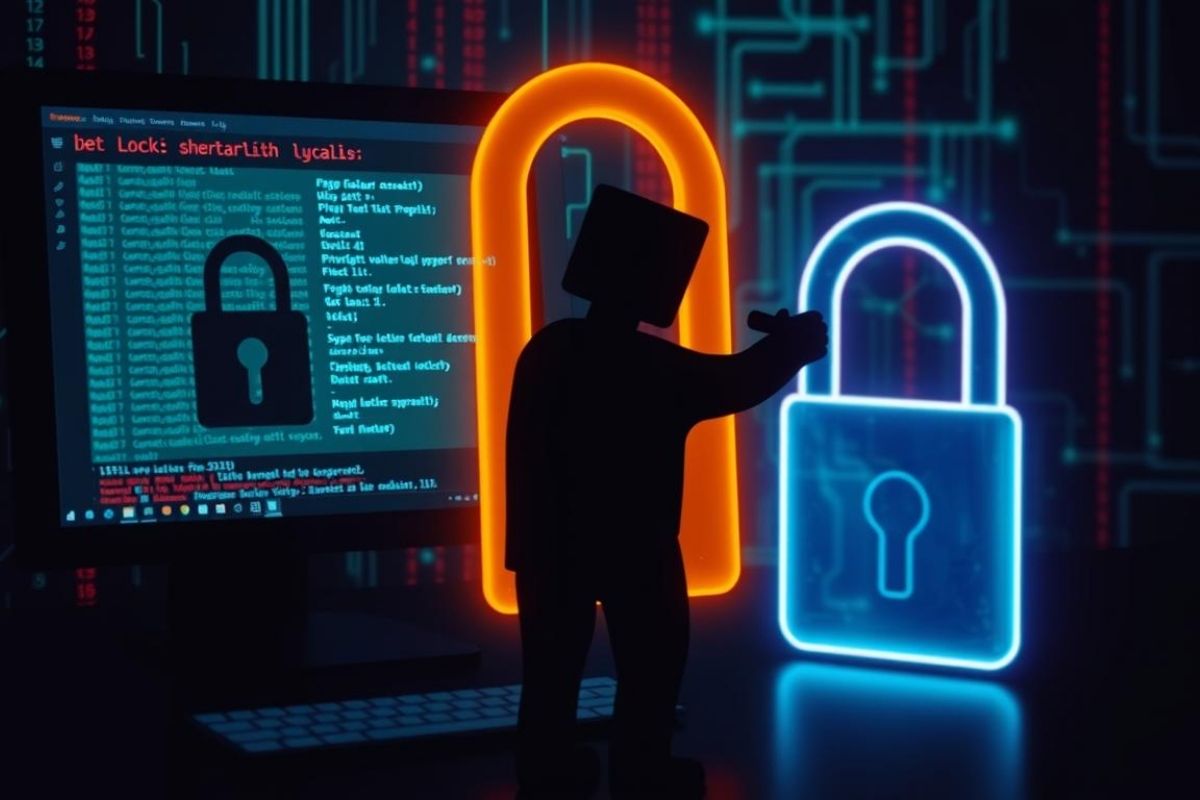In an increasingly digital world, cybersecurity has become a critical issue that affects every American. From personal data breaches to nationwide cyberattacks, the risks have escalated dramatically. With the rise of online transactions, social media, and smart devices, cyber threats are more pervasive than ever. But why has cybersecurity become such a top concern, and what can individuals and businesses do to protect themselves?
The Growing Threat Landscape
Cybersecurity threats have evolved from simple computer viruses to sophisticated cyberattacks capable of crippling entire industries. Hackers now target individuals, corporations, and even government agencies. Some of the key reasons why cybersecurity is now a major concern include:
1. Increase in Cybercrime
Cybercriminals are more active than ever, using tactics like phishing, ransomware, and identity theft to exploit unsuspecting victims. According to the FBI’s Internet Crime Report, cybercrime losses exceeded $10 billion in 2023, highlighting the scale of the problem.
2. Data Breaches and Identity Theft
Major corporations, including banks, retailers, and healthcare providers, have suffered massive data breaches. In 2023 alone, millions of Americans had their personal information exposed due to security vulnerabilities. Stolen data is often sold on the dark web, leading to identity theft and financial fraud.
3. Nation-State Attacks and Cyber Warfare
Foreign adversaries have increasingly targeted the U.S. through cyberattacks. Governments and intelligence agencies warn about the risks of nation-state actors launching attacks against critical infrastructure, such as power grids, financial institutions, and government databases.
4. Rise of AI-Powered Cyber Threats
Artificial intelligence has made cyber threats more dangerous. Hackers now use AI-driven malware and automated phishing attacks to exploit security weaknesses with greater efficiency. AI-powered deepfake scams are also on the rise, making it harder to distinguish between real and fraudulent online content.

How Cybersecurity Impacts Everyday Americans
Cybersecurity is no longer just a concern for IT professionals—every American is at risk. Here’s how it affects daily life:
Financial Security
With most banking transactions happening online, financial fraud and account takeovers have become common. A weak password or a single phishing email can lead to devastating financial losses.
Privacy and Personal Data Protection
Social media platforms and online services collect vast amounts of personal data. If this data falls into the wrong hands, it can be misused for targeted scams, harassment, or identity theft.
Work and Remote Security Risks
The shift to remote work has increased vulnerabilities, with many employees using personal devices and unsecured Wi-Fi networks. Cybercriminals target remote workers to gain access to corporate networks and sensitive information.
Health and Medical Data Security
Electronic health records are a prime target for cybercriminals. Medical data is valuable on the dark web and can be used for fraudulent insurance claims, blackmail, or even altering medical histories.

Steps Americans Can Take to Protect Themselves
While cyber threats continue to grow, individuals can take several proactive steps to safeguard their digital lives.
1. Use Strong Passwords and Multi-Factor Authentication (MFA)
Creating complex, unique passwords for each account and enabling MFA can significantly reduce the risk of unauthorized access.
2. Be Cautious with Emails and Links
Phishing attacks remain one of the most effective ways for hackers to steal credentials. Avoid clicking on suspicious links and verify email senders before providing sensitive information.
3. Regularly Update Software and Devices
Keeping operating systems, antivirus programs, and applications up to date helps close security gaps that hackers exploit.
4. Monitor Financial Accounts and Credit Reports
Regularly checking bank statements and credit reports can help detect fraudulent activity early. Free credit monitoring services are available through major credit bureaus.
5. Secure Home Networks and IoT Devices
Changing default passwords on Wi-Fi routers and smart home devices, as well as using network firewalls, can prevent cyber intrusions.
Government and Corporate Responsibility
While individuals must take steps to protect themselves, the responsibility for cybersecurity also falls on governments and businesses. The U.S. government has implemented stricter cybersecurity regulations, but ongoing efforts are needed to combat evolving threats. Corporations must also prioritize security by investing in stronger protections and educating employees and customers about cyber risks.
Cybersecurity is no longer an issue that can be ignored—it affects every aspect of modern life. As cyber threats become more advanced, Americans must stay vigilant and proactive in protecting their digital assets. By implementing strong security practices and advocating for better regulations, individuals and businesses can work together to create a safer digital future.


